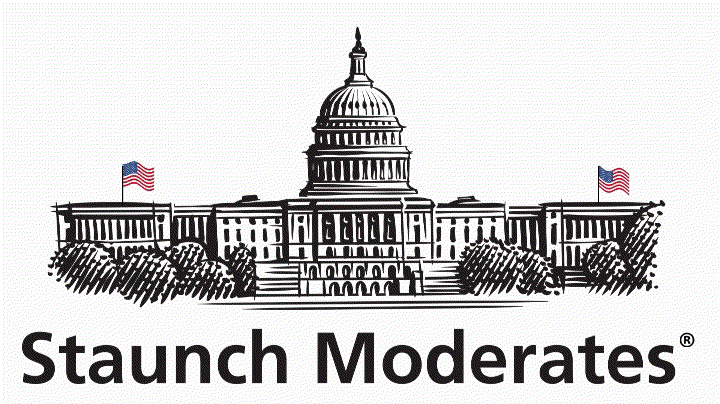Moderate Political Views and Re-Opening the United States after Quarantine
The novel coronavirus has no doubt changed the way many Americans view their daily lives. As people are attempting to settle into a new “normal,” a wealth of issues is permeating the public consciousness. Among them is the concept of re-opening the country--that is, lifting restrictions on people and businesses that were meant to reduce the transmission of COVID-19.
Right from the outset, re-opening was seen as a hotly political debate. While there are extreme takes on this issue from both sides, examining the issues through moderate political views might yield more fruitful insights. Let’s examine both sides of this debate through two political angles.
Points against Re-Opening
Given the nature of the virus, there is validity in asserting that it is better to be safe than sorry. Individuals who can shelter in place should do so, as it reduces the number of possible vectors for the disease to spread. It is equally important to consider at-risk populations, such as the elderly and immunocompromised. It would be dangerous for the at-risk to be exposed to carriers, even if those carriers are asymptomatic.
Maintaining social distancing cannot be underestimated, as they are preventing health care workers from being overwhelmed by new cases. Keeping things closed down will prevent mass casualties, which will provide the economy with enough workers to return to work when things normalize.
Points for Re-Opening
It cannot be ignored that mass closures are slowing the economy. As a consequence, many are getting laid off and are suddenly unable to afford the bare necessities. This is also creating a snowball effect where the longer the county is closed down, the more businesses and the workforce at-large will suffer.
While the closing of many businesses across the country is grave enough, there are other COVID-19 ramifications such as increased suicide rates, drug addiction and alcoholism as well as disturbing trends in domestic violence including child and spousal abuse. All these should be carefully considered when discussing whether or not to re-open as the cost to individuals and families throughout the U.S. goes far beyond simple economics.
Of course, one cannot avoid the perceived lethality of the COVID-19 threat when discussing re-opening businesses. The majority of those who test positive are also asymptomatic, and the survival rate still remains relatively high. Contracting COVID-19 isn’t an immediate death sentence.
As time goes on and new research related to the virus comes up, health and government officials will get more information to draft new policies. Until then, it will be necessary to view these actions with moderate political views so people can make the best possible decisions.
